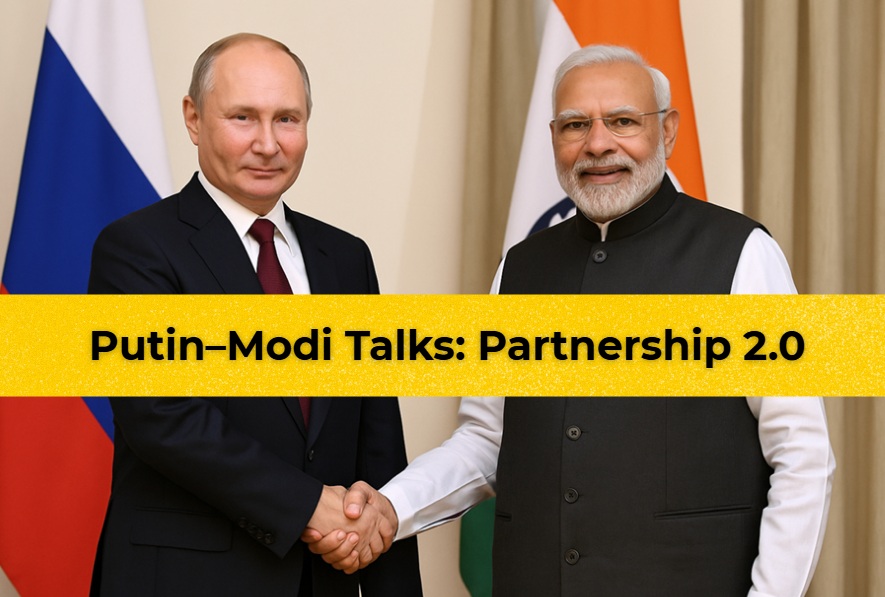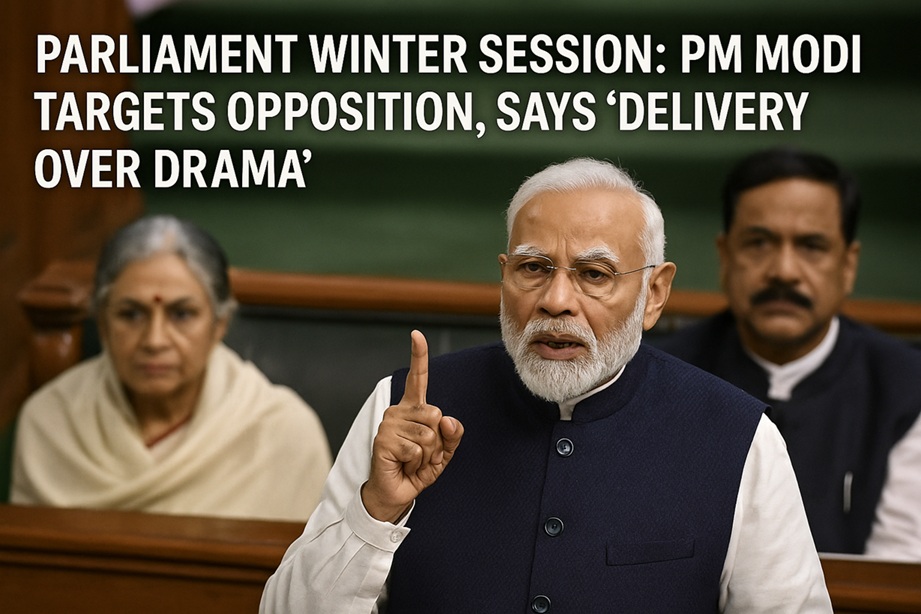The Unelected Super Parliament: Dhankhar’s Warning vs. Sibal-Singhvi’s Defense
The Constitutional Storm: Judiciary vs. Executive-Legislature
Vice President Jagdeep Dhankhar recently ignited a fierce debate when he stated, “The judiciary should not encroach upon the domain of the legislature or the executive.” His remarks targeted the Supreme Court’s increasing reliance on Article 142—a constitutional provision allowing the Court to pass orders necessary for “complete justice.”
But is the judiciary overstepping its mandate, acting as a ‘super parliament’? Or is it merely filling the vacuum left by an ineffective executive?
This article examines the escalating tensions between the judiciary, executive, and legislature, analyzing explosive statements from Vice President Dhankhar and sharp rebuttals from senior advocates Kapil Sibal and Abhishek Manu Singhvi.
⚖️ Article 142: A ‘Nuclear Missile’ in Judicial Hands?
Article 142 grants the Supreme Court sweeping discretionary power, often hailed for enabling progressive reforms. However, critics argue that its unchecked use threatens democratic checks and balances.
Vice President Dhankhar likened Article 142 to a “nuclear missile”—capable of overriding legislative intent. He provocatively questioned whether the Supreme Court sees itself as a “super Parliament.” Given his dual role as Rajya Sabha Chairman, his critique carries significant weight.
His core concern? That the judiciary is intruding into executive functions, particularly in matters involving:
Presidential and governor powers (e.g., delays in bill approvals).
Legislative domain (e.g., striking down laws passed by elected representatives).
The Judiciary Strikes Back: Sibal and Singhvi’s Defense
Senior advocates Kapil Sibal and Abhishek Manu Singhvi countered Dhankhar’s claims forcefully.
Kapil Sibal’s Argument:
“When the executive fails to act, the judiciary has to intervene. In a constitutional democracy, someone has to uphold the rule of law.”
He emphasized that Presidents and Governors act on ministerial advice—if they delay bills for political reasons, courts cannot remain silent.
Abhishek Manu Singhvi’s Stand:
“When the Governor behaves like a party functionary, is the judiciary supposed to be blind?”
He accused Governors of acting as BJP agents, justifying judicial intervention to prevent constitutional deadlock.
Their stance? This isn’t judicial overreach—it’s judicial responsibility.
️ The Core Conflict: Judicial Review vs. Legislative Supremacy
The heart of the debate lies in a fundamental question: Who is democracy’s ultimate guardian?
Judiciary’s View: It must safeguard constitutional rights, even if it means entering executive/legislative domains.
Critics’ View: Courts undermine democracy by overturning laws passed by elected representatives.
Historical Precedents:
Kesavananda Bharati (1973): Established the ‘Basic Structure Doctrine’, limiting Parliament’s amendment powers.
NJAC Verdict (2015): Struck down a parliamentary law on judicial appointments, reinforcing judicial primacy.
These cases show a long-standing tug-of-war between judicial activism and legislative authority.
Presidential Powers & the ‘Three-Month Rule’ Controversy
A recent flashpoint is the Supreme Court’s observation that Governors/President must not indefinitely withhold bills. Critics argue:
Article 111 doesn’t specify a timeframe for the President’s decision.
Can courts impose deadlines where the Constitution is silent?
Supporters counter that judicial intervention is necessary to prevent political obstructionism, especially when Governors sit on bills indefinitely.
Article 142: Necessary Tool or Unchecked Power?
While Dhankhar calls it a “nuclear missile,” defenders highlight its judicious use in cases like:
Child custody battles (reuniting estranged parents and children).
Dissolving unworkable marriages where legal remedies were inadequate.
Resolving environmental disputes (e.g., protecting forests, regulating mining).
The real question: Is judicial overreach the problem—or executive inaction?
The Politicization of the Judiciary
Another concern is judicial bias:
Post-retirement appointments (e.g., judges taking political roles).
Selective activism (prioritizing certain cases while ignoring others).
Lawyers-turned-politicians (like Sibal and Singhvi) using courts as political platforms.
This blurring of roles fuels distrust in judicial impartiality.
The Way Forward: Restoring Institutional Balance
The clash isn’t just about Article 142—it’s about constitutional boundaries and democratic ethics. Key questions:
Should courts act as moral guardians when other branches fail?
Or must they stick strictly to adjudication, risking justice delays?
Do Governors/Presidents need clearer accountability rules?
Proposed Reforms:
National Judicial Appointments Commission (NJAC): Replace the opaque collegium system with a transparent body.
Judicial Accountability Bill: Investigate misconduct allegations against judges.
Limits on Article 142: Prevent arbitrary judicial overreach.
✍️ Final Verdict: Neither Villain Nor God
The judiciary must not be vilified nor glorified. Instead, India needs:
Institutional recalibration—clearer roles for each branch.
Checks and balances—through dialogue, not public spats.
In this democratic symphony, no institution can play solo. Harmony, not dominance, must prevail.
Judicial Reform: Addressing Excesses and Scandals
Recent controversies have further eroded trust in the Supreme Court:
1. The ‘Judge Cash’ Scandal
Burnt currency notes found at Justice Yashwant Verma’s residence.
Raises serious corruption allegations, demanding judicial accountability mechanisms.
2. Micromanaging Governors & Presidents
The Tamil Nadu verdict directing Governors on bill approvals sparks fears of judicial overreach.
VP Dhankhar warns: Article 142 is being misused like an “atomic missile.”
3. Selective Justice & Case Backlogs
79,000+ pending cases, yet politically sensitive ones get priority.
Inconsistent hearings (e.g., minority cases fast-tracked, others delayed).
4. The ‘Setting-Getting’ Culture
Lawyers like Kapil Sibal & Abhishek Manu Singhvi blur lines between law and politics.
Rahul Gandhi’s defamation case relief (only from SC, not lower courts) fuels perceptions of manipulation.
A Balanced Way Forward: Restoring Trust in India’s Judiciary
The debate over judicial overreach is not about weakening the Supreme Court but about strengthening democracy. The judiciary’s role as a guardian of constitutional rights is irreplaceable—but so is the principle of institutional balance.
Key Steps for Reform:
- Clarify, Don’t Cripple, Article 142
- Define clearer boundaries for its use to prevent arbitrary interventions while retaining its power for genuine justice.
- Fix Accountability, Not Just Activism
- A Judicial Conduct Commission to investigate allegations against judges, ensuring transparency without compromising independence.
- Reform Appointments: NJAC 2.0
- A revamped National Judicial Appointments Commission, balancing judicial and executive inputs to prevent opacity in selections.
- Legislative-Executive Responsibility
- If Governors and the President delay bills for political reasons, Parliament must legislate clear timelines—rather than forcing courts to step in.
- Depoliticize the Judiciary
- Stricter rules on post-retirement appointments and scrutiny of politically linked cases to restore public faith.
Final Thought: Democracy Thrives on Dialogue, Not Dominance
The solution is not a weaker judiciary or a submissive legislature, but institutions that check each other without confrontation. The Supreme Court must remain a shield for justice—not a sword against democracy.
India’s constitutional framework is resilient enough to adapt. What it needs now is restraint, reform, and mutual respect among its pillars. Only then can the balance of power truly serve the people.





